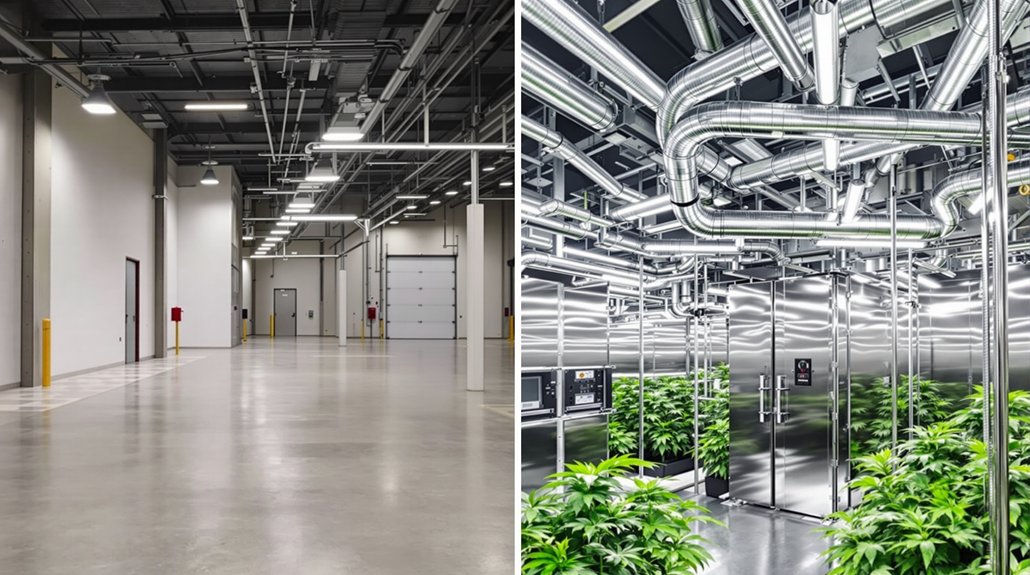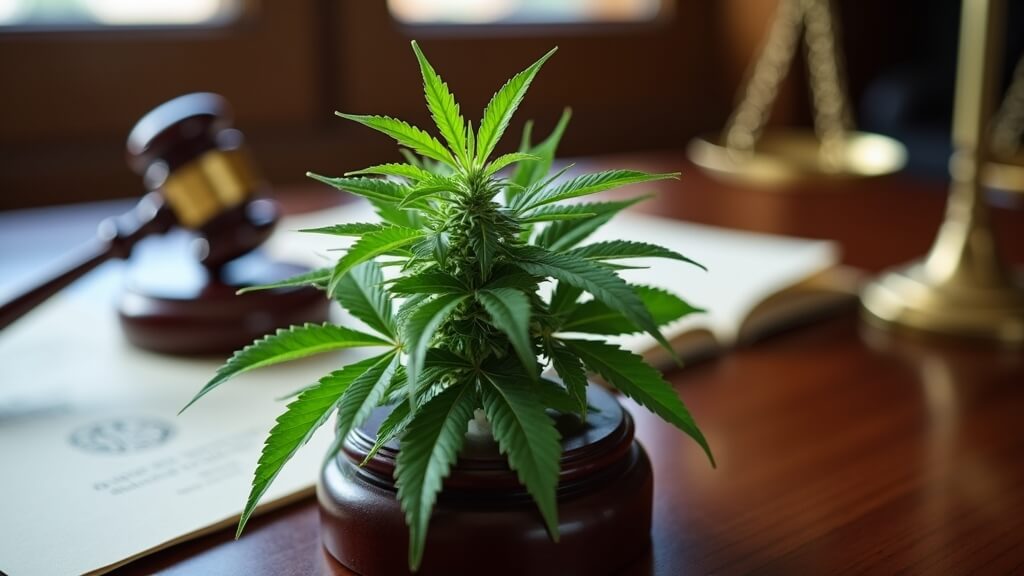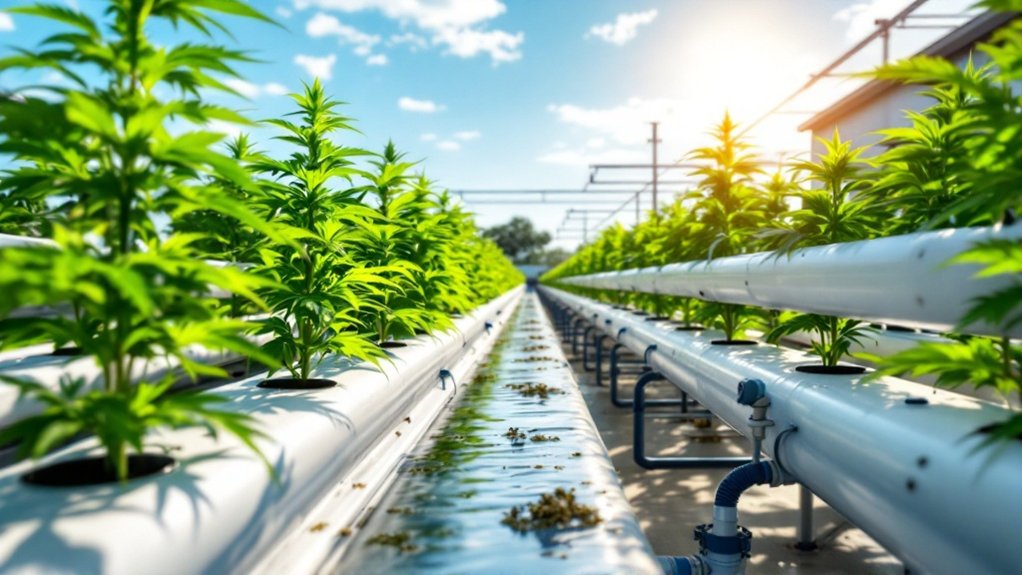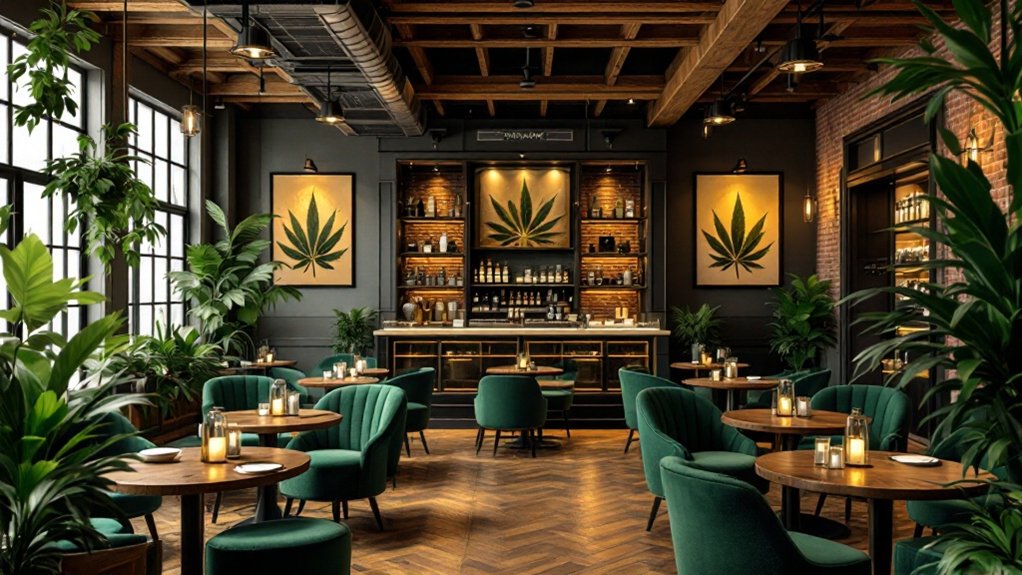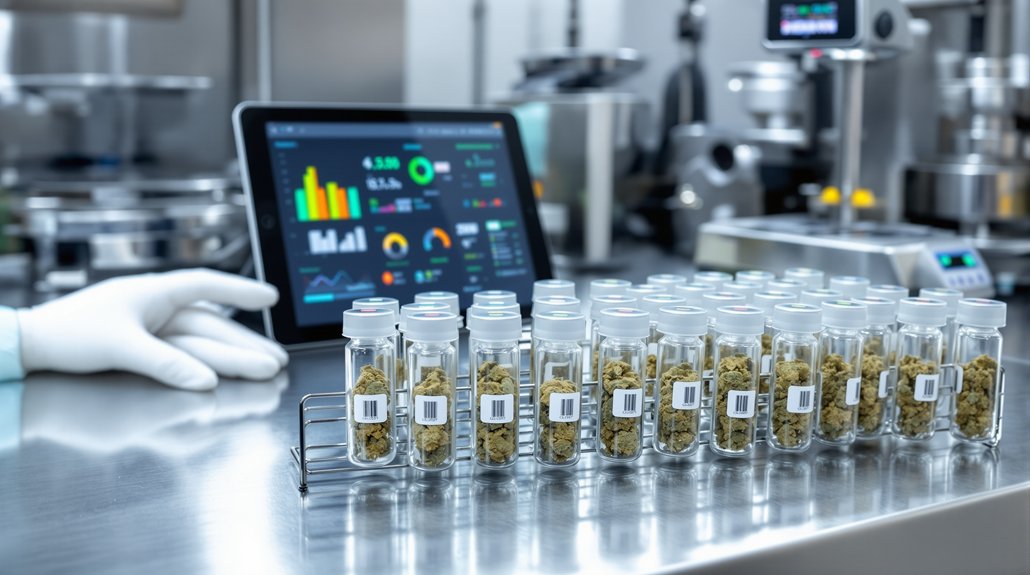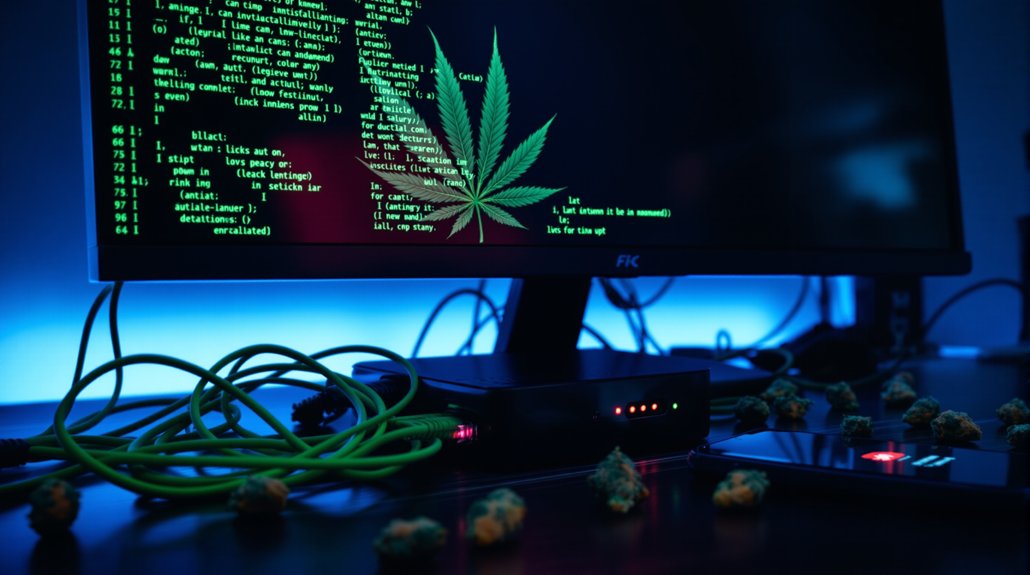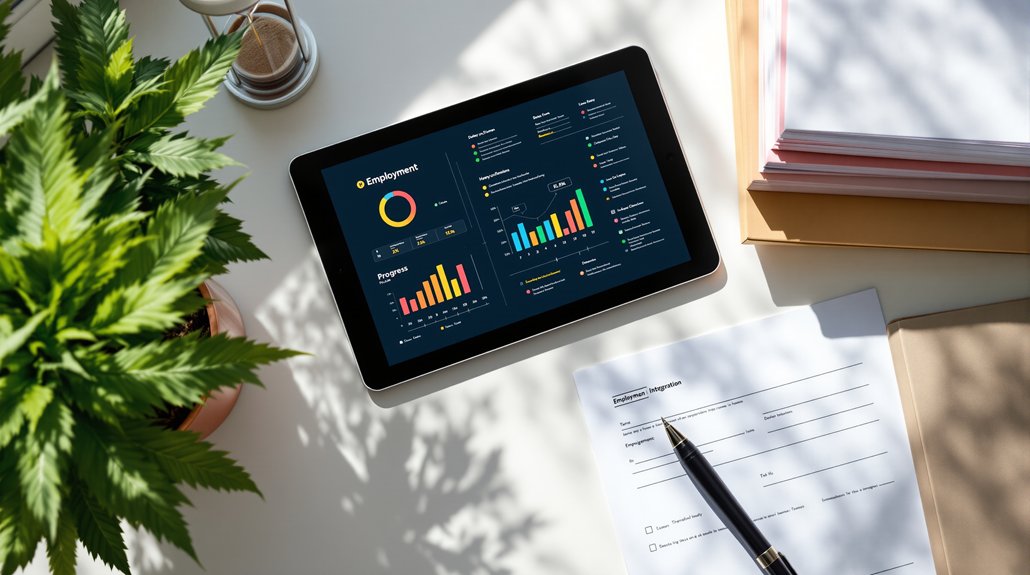Cannabis facility construction presents a stark financial reality that catches many operators off guard. Standard commercial spaces typically cost between $50 to $100 per square foot, while cannabis facilities routinely exceed $300 per square foot due to regulatory mandates and specialized infrastructure requirements. The price differential stems from vault-grade security systems, precision environmental controls, and compliance-driven design elements that standard retail or office spaces never require. Understanding these cost drivers becomes essential as the industry matures and profit margins tighten across legal markets.
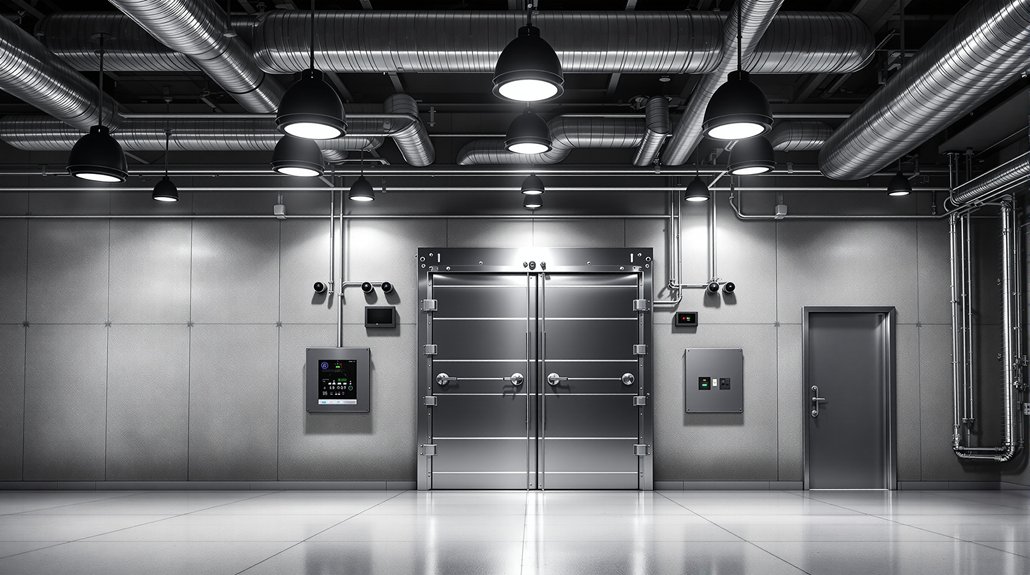
While traditional commercial construction focuses on basic utilities and standard security measures, cannabis facilities require specialized infrastructure that can multiply project costs by 200-400% compared to similar-sized retail spaces.
Vault-grade security systems demand high-resolution surveillance networks with 24/7 coverage and offsite backup, often costing $35 monthly per camera across hundreds of units. Security-grade vaults featuring reinforced steel construction and biometric access controls add substantial expenses, while multi-factor authentication systems restrict entry to sensitive areas. License suspensions from non-compliance can halt operations entirely, making these security investments essential for protecting business continuity.
Third-party system audits by certified inspectors cost thousands per review, requiring ongoing compliance reports to regulators. Facilities must maintain 90 days of surveillance footage at minimum, requiring substantial data storage infrastructure that many operators underestimate during initial planning phases. Most operators struggle with financing these security requirements since cash transactions remain the primary payment method due to limited banking services for cannabis businesses. Access control systems must integrate seed-to-sale RFID tracking technology, while specialized operating procedures demand regular updates through legal and compliance consulting services that further escalate operational expenses.
HVAC and Environmental Control Systems: Why Climate Management Can Consume Half Your Budget
Beyond basic heating and cooling requirements, cannabis facilities demand precision environmental control systems that can easily consume 30-60% of a project’s total operational budget.
Standard commercial HVAC systems prove inadequate for managing the extreme humidity and temperature fluctuations inherent in cultivation environments. Cannabis grow rooms require sensible heat ratios of 0.50 compared to 0.85 in typical office spaces, necessitating specialized equipment that costs $215 to $350 per square foot for highly controlled environments.
HVAC systems account for up to 50% of total energy consumption in these facilities, with indoor grow rooms using ten times more energy per square foot than standard commercial spaces. Controlled environment agriculture (CEA) technology has become essential for maintaining the precise temperature and humidity levels required for optimal cannabinoid development. Equipment selection significantly impacts both upfront and operational costs, with Variable Refrigerant Flow systems ranging from $100,000 to $180,000 for a 10,000 square foot facility compared to standard packaged units at $75,000 to $140,000.
Facilities incorporating adaptive dehumidifiers report 15-20% higher energy efficiency by automatically adjusting operations based on real-time environmental data. Undersized or mismatched systems create temperature instability and excess humidity, leading to crop loss and regulatory compliance issues that can derail operations.
Regulatory Complexity and Extended Timelines: How Permitting Delays Drive Up Project Costs
Unlike traditional commercial construction projects, cannabis facilities face a labyrinthine regulatory environment that can extend development timelines by years and multiply project costs exponentially.
Developers must navigate overlapping local, state, and federal regulations while managing zoning restrictions, buffer zones, and setback requirements that severely limit suitable properties. The licensing process alone typically takes several months to a year, with the number of approved licenses falling 5% in Q1 2025 due to processing bottlenecks. Obtaining these licenses requires extensive documentation including detailed business plans, financial projections, and security protocols.
Political factors compound these delays, as community opposition can trigger zoning moratoriums or additional hearings. Some states experience extreme delays, with transition periods extending up to 49 months when governors oppose legalization efforts and actively obstruct implementation through vetoes and moratoriums.
Mid-process regulatory changes often demand costly redesigns or documentation updates. These extended timelines increase carrying costs for property, debt service, and pre-construction contracts while facilities remain non-operational, reducing overall project returns and increasing payback periods considerably.
Strategic Cost Management: Leveraging Technology and Planning to Control Cannabis Build-Out Expenses
Strategic procurement through competitive bidding and bulk purchasing agreements further controls material costs, while modular facility designs allow incremental expansion without overinvestment, preserving capital for future growth opportunities. Implementing cloud-based inventory management systems during the build-out phase can reduce long-term operational costs while ensuring regulatory compliance from day one.
Specific regulations vary by state and change frequently. Always consult with legal counsel and real estate experts for guidance on your specific situation and jurisdiction. For more information, check out our Guide to Cannabis Real Estate.
